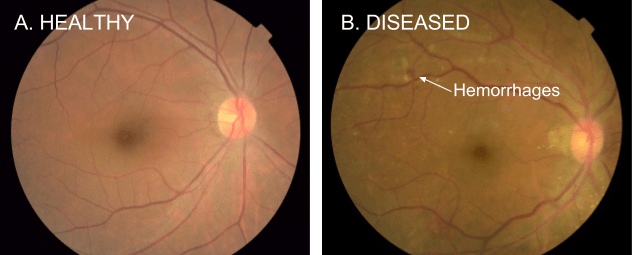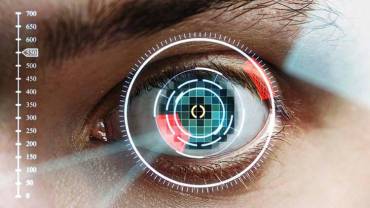Google’s AI Technology Detecting Heart Disease from eye Scan
Google has made a big difference in the technology of the world. Google has invented an e-tech technology, which can help check whether or not the heart disease has a heart disease. In fact, with the help of Artificial Intelligence (AI) Google has been able to develop this technology.
Google’s researchers trained the algorithm with images of scanned retinas from more than 280,000 patients. By reviewing this massive database, Google’s algorithm trained itself to recognize the patterns that designated people as at-risk.
Based on this information, one can find out whether or not the person’s heart is ill. Information obtained by a news published in Nature Journal Biomedical Engineering, it is said that some researchers research researchers Google and its subsidiary are doing.
Luke Oakden-Rayner, a medical researcher at the University of Adelaide who specializes in machine learning analysis, told The Verge that the work was solid, and shows how AI can help improve existing diagnostic tools.
“They’re taking data that’s been captured for one clinical reason and getting more out of it than we currently do,” said Oakden-Rayner. “Rather than replacing doctors, it’s trying to extend what we can actually do.”
To train the algorithm, Google and Verily’s scientists used machine learning to analyze a medical dataset of nearly 300,000 patients. This information included eye scans as well as general medical data.

Although the idea of looking at your eyes to judge the health of your heart sounds unusual. It draws from a body of established research. The rear interior wall of the eye is chock-full of blood vessels that reflect the body’s overall health.
By studying their appearance with camera and microscope, doctors can infer things like an individual’s blood pressure, age. And whether or not they smoke, which are all important predictors of cardiovascular health.
When presented with retinal images of two patients, one of whom suffered a cardiovascular event in the following five years, and one of whom did not. Google’s algorithm was able to tell which was which 70 percent of the time.
This is only slightly worse than the commonly used SCORE method of predicting cardiovascular risk. This requires a blood test and makes correct predictions in the same test 72 percent of the time.
If this treatment method is successful in this case, it can be a part of the technology in the technology sector.













